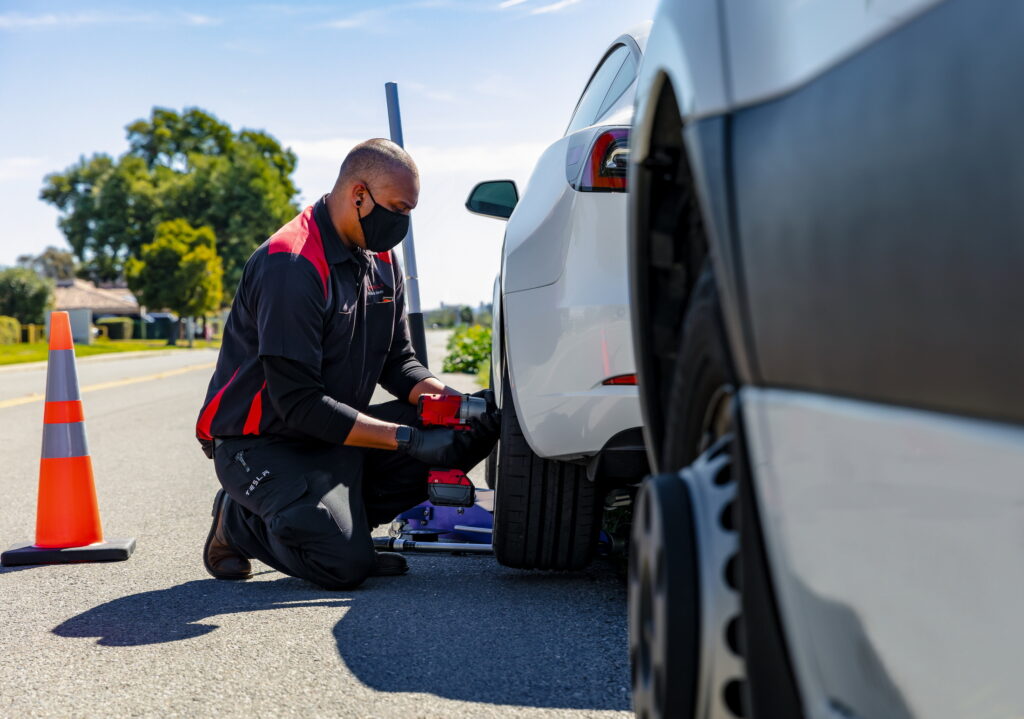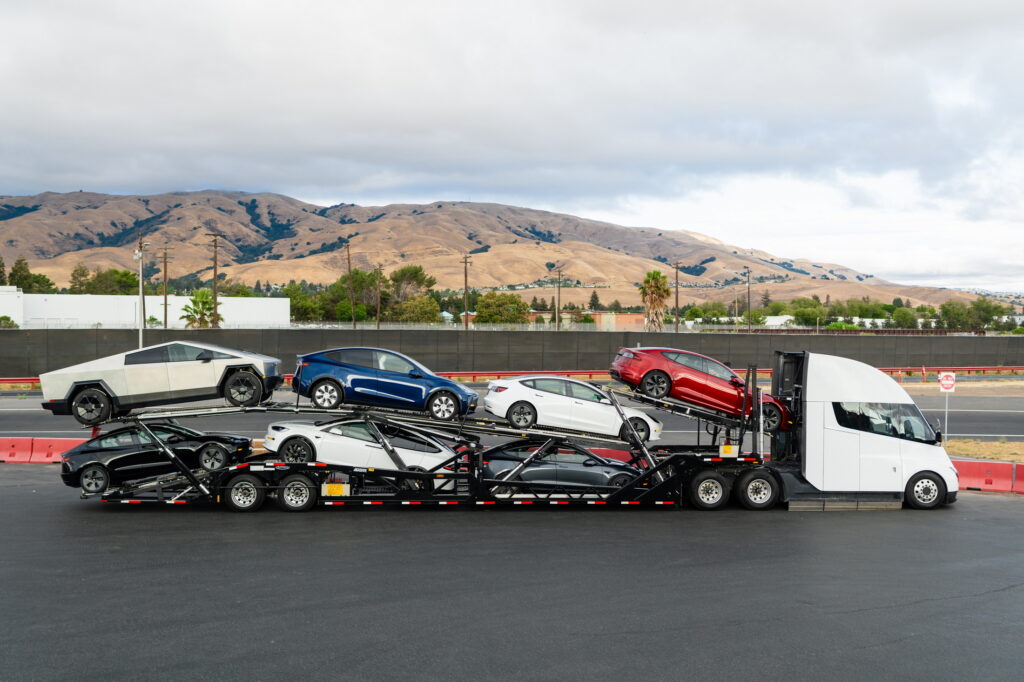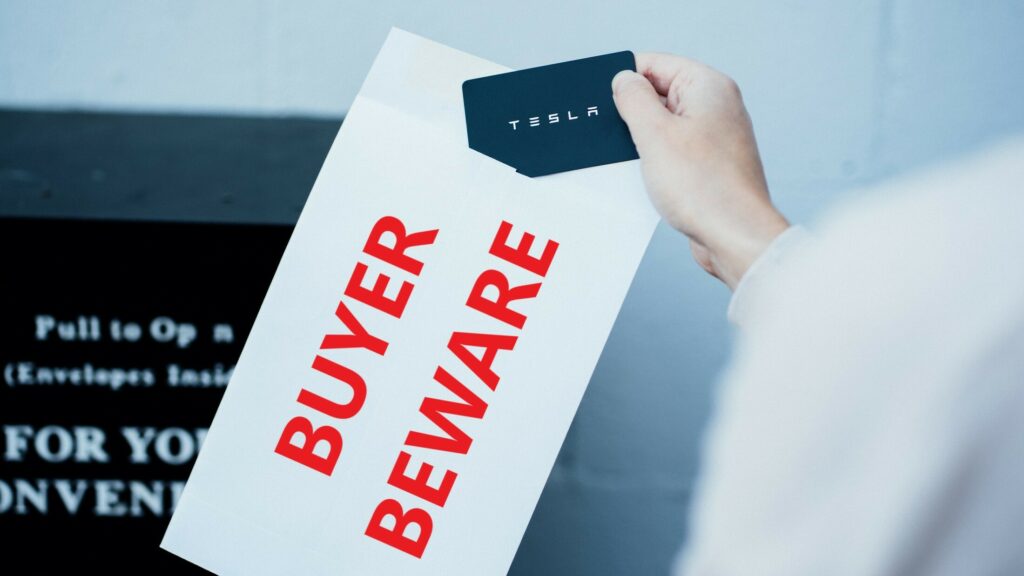Tesla has successfully defended itself against an antitrust lawsuit filed by customers who were dissatisfied with the cost of repair parts and the limited alternative options available to them. This victory is significant for the automaker, as approximately 10 percent of its revenue comes from servicing.
The case was brought by a Tesla Model S owner from California, who launched a proposed class action against the company in March. The plaintiff, Virginia M. Lambrix, claimed that the company was charging exorbitant prices for parts, and that wait times for repairs were unreasonably long because of its alleged monopolization of service options.
However, U.S. District Judge Trina Thompson said that customers in the proposed class action didn’t show that the problems were “not generally known” when they bought their car, reports Reuters. They also failed to show that they could not predict how much it would cost to keep their vehicles running.
More: Tesla Sued For Monopolizing Repairs And Exorbitant Parts Pricing

“Plaintiffs allege that defendant misled them about […] how much maintenance its EVs are designed to need and how long that maintenance ought to take,” Judge Thompson wrote. “But nowhere do plaintiffs allege that consumers are in fact unaware of the supposedly supra-competitive prices and exorbitant wait times.”
The judge also noted that customers could not prove that Tesla had coerced them into using its services simply because they had bought their vehicles. However, she did say that the plaintiffs could amend their complaint, which combined a number of suits from customers who have paid Tesla for repairs and parts since March 2019.
Teslas are expensive to fix
Despite the ruling, the customers do raise a valid concern about the high repair prices associated with Tesla vehicles, especially when compared to other electric vehicles (EVs). According to reports, the cost of repairing an EV is typically not significantly higher than that of traditional vehicles. However, when it comes to Tesla, the average repair cost is approximately 27 percent higher.
However, Tesla’s own service centers aren’t the only option for owners. Last year, GM President Mark Reuss revealed that the Detroit automaker’s dealer network has been repairing its competitor’s vehicles for drivers who do not want to, or cannot go through a Tesla branded shop.





